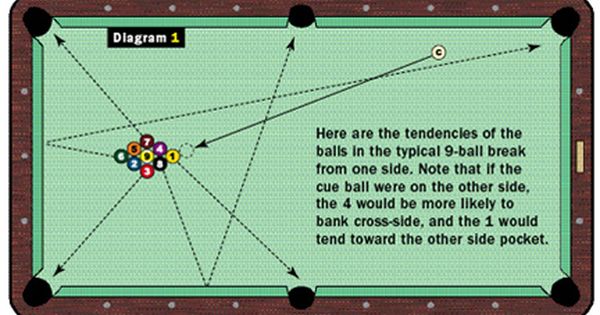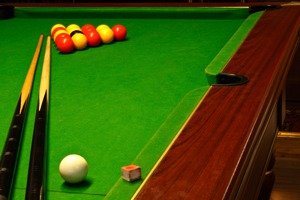
While pool and Billiards are quite similar games, there are some key differences. They have different table sizes. Billiard tables are larger than pool tables and use bigger balls. Billiards cues can also be thicker or shorter than pool cues.
Carom-billiards doesn't require any pockets
Carom billiards is different than pocket billiards as they do not use pockets to hold the ball. Three balls are used instead of the usual 4. The cue should be pointed in a certain way to ensure that the balls ricochet. These games require considerable skill and ingenuity. Each player is allowed three turns. Each player has three chances to earn 500 points. However, the highest score recorded is 427.
Carom-billiards has two goals: To score as many points against your opponent as possible and to do it in a specified time. Every successful shot is worth one point and there are no penalties for missing. Aramith Carom Balls allow players to attempt artistic billiards.
Only 3 balls were used
Billiards and pool are two variations of the carom. Both games involve three balls: the red and carom balls. The cueball is also used in carom billiards. The yellow, brown and blue balls are the remaining balls. Both games are played at five-by-ten foot pool tables.

In billiards, the game is played on a pocketless, five-by-10-foot table with three balls. Three-cushion billiards has the cue ball marked on one side with a black dot. The object ball is the red ball. The goal of the game's objective is to score as many points possible.
The napping direction of snooker cloth is obvious
Snooker cloth is distinguished by its directional nap, which influences the trajectory. It is made up of 100% wool and is thick. This is distinct from carom cloth which is often worsted and made to speed. Both types can be used for different purposes.
The directional nap difference is most noticeable in a slow shot towards the middle pocket. If the ball is not played at a dead weight, it will fall into the side cushion. To avoid this, aim your shot towards one of the jaws in the middle pocket.
Modern billiards cues
Modern billiards cues look very different to traditional pool cues. They can be made from different materials and have male and female connections made almost exclusively from brass or steel. These materials are more stable to temperature changes and can expand and contract at a lower rate than other materials. Not only are the cue materials high-quality, but many cues also have silver inlays and precious stones.
Billiards evolved out of stick and ball outdoor games. The game is also known as "ground billiards," and it's very similar to modern games like golf, croquet, and hockey. Modern billiards cues were designed for different purposes, despite similarities.

History of billiards
The history of billiards and pool dates back to the 14th century, when ground billiards were invented. Two French words are thought to have been the source of the term 'billiards'. One refers specifically to the ball-bashing mace stick, and the other to the tail. Frenchmen, in addition to being the English-language game's inventors, also contributed to its evolution.
Billiards and pool gained popularity in England and Europe in the early eighteenth centuries. King Henry VIII, Edward VI, and the Archbishopof Glasgow all attended events that featured pool. Cardinal Thomas Wosley, a friend, also wrote a letter in praise of the game. In the 17th century, billiards was considered a noble game, with French kings and noblemen commissioning joiners to construct their billiard tables. Over the centuries, the game has seen a lot of change. The role of pockets has also changed.